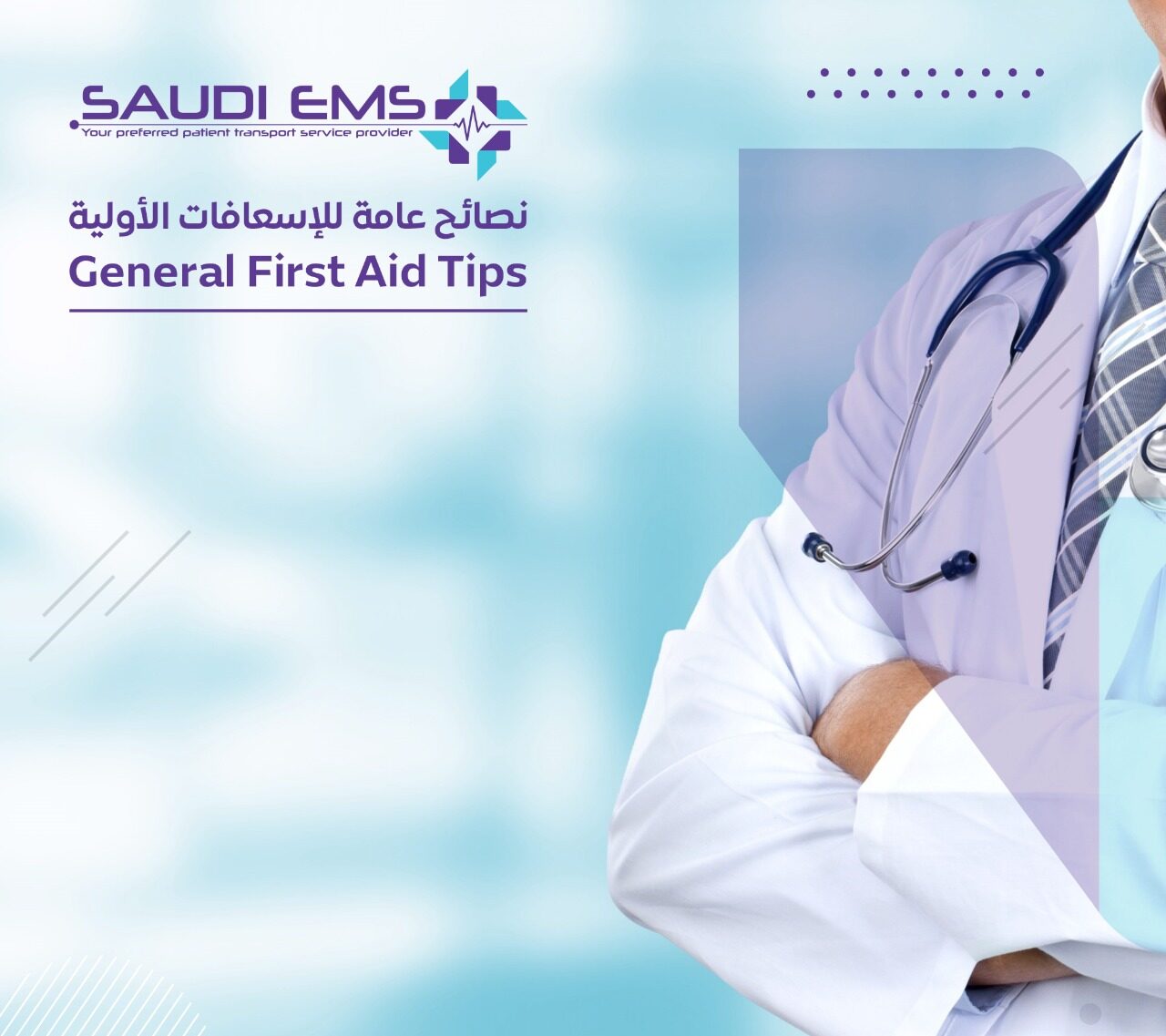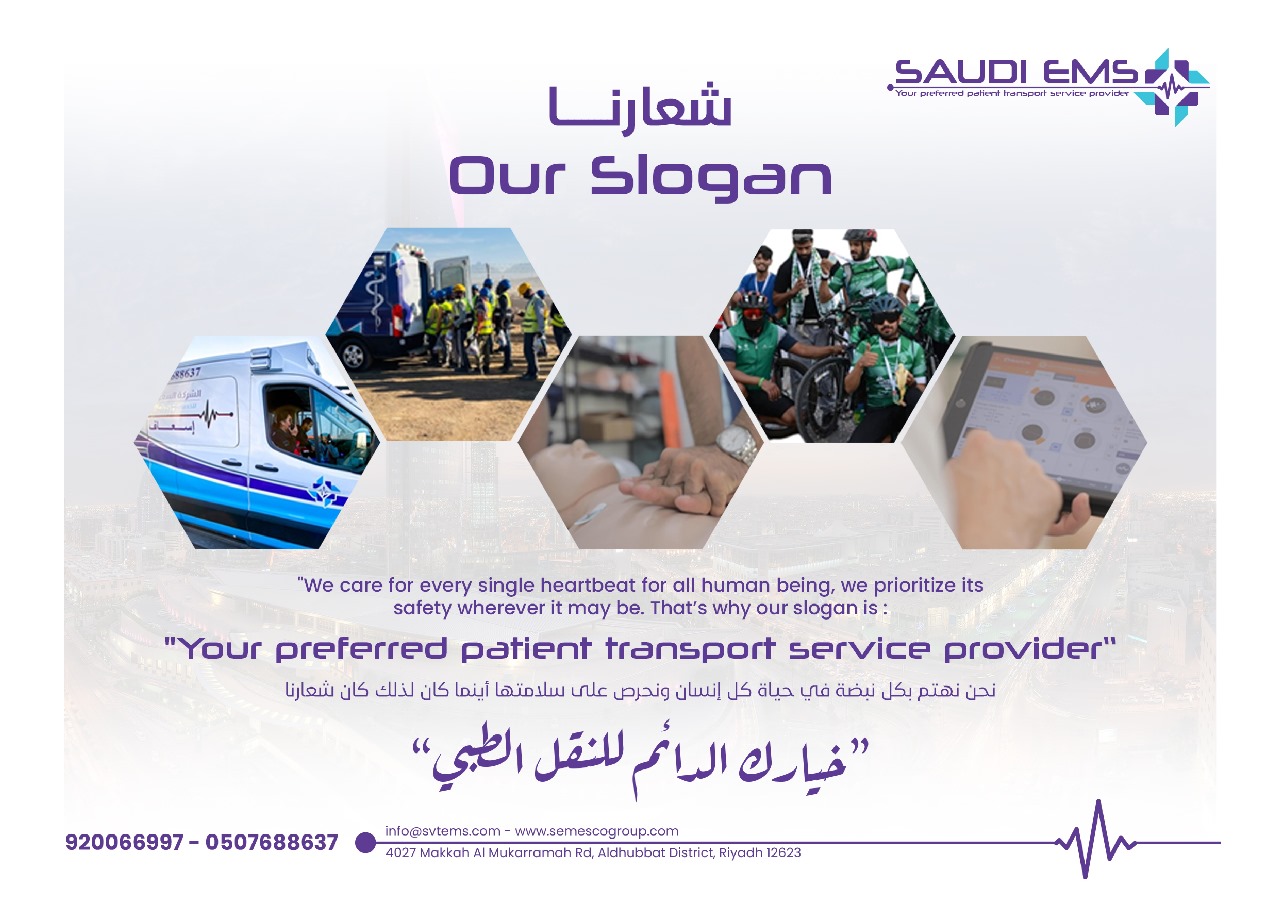General Information on First Aid
Learning first aid is essential for everyone. It is not just a skill but a responsibility that helps promote safety and save lives.

What is First Aid?
First aid comprises simple and immediate medical procedures aimed at saving lives or alleviating pain and harm caused by accidents or injuries until specialized medical care is available.
Benefits of Learning First Aid
Boosts Self-Confidence
Ability to handle emergencies with confidence and calmness
Saves Lives
Providing immediate assistance that could save someone's life
Supports Community
Contributing to building a safer and more prepared community
Life-Saving Assistance
And reduces complications
Community Support
And contributes to public safety
Goals of First Aid
- Saving Lives: The primary goal is to preserve life
- Pain Relief: Providing immediate care to reduce discomfort
- Preventing Injury Aggravation: Minimizing the impact of injuries
- Facilitating Recovery: Creating conditions conducive to healing
Common Cases Requiring First Aid
Bleeding
Stopping it with direct pressure and dressings
Cuts and Burns
Cleaning wounds and applying bandages, cooling burns with water
Poisoning
Administering aid based on the type of poison
Choking
Clearing airways using techniques like the Heimlich maneuver
Cardiac Arrest
Performing CPR and using an AED (if available)
Fractures
Immobilizing the broken bone to prevent further damage
Fainting
Placing the individual in a reclining position with elevated legs

Essential First Aid Kit Contents
Bandages and Adhesive Tape
Sterile Gauze
Antiseptics
Medical Gloves
Scissors and Tweezers
Cold Packs
Hot Packs
Thermometer
Pain Relievers
Thermal Blanket
First Aid Manual
Basic First Aid Procedures
Initial Assessment
Ensure scene safety. Check the victim's consciousness, breathing, and circulation
Call Emergency Services
Summon professional medical help immediately for serious cases
Immediate Action
Provide appropriate first aid according to the situation
Documentation
Record a simple report of the incident and actions taken for medical professionals

First Aid Safety Rules
- Stay calm: Maintaining composure enables quick and effective action
- Use gloves: To prevent infection transmission
- Don't provide unskilled care: Wait for professionals if untrained for specific situations
- Respect privacy: Avoid sharing the victim's personal information
Importance of Medical Transport Services
Emergency and non-emergency medical transport services are vital components of healthcare systems, playing a fundamental role in ensuring access to medical services during critical times. Whether transporting patients in acute emergencies or for routine healthcare needs, these services have strategic importance including:
Timely Life-Saving
Emergency transport provides immediate response for critical cases like heart attacks or major injuries, with equipped ambulances and trained medical teams improving survival chances.
Care Continuity
Non-emergency transport ensures patients reach regular medical appointments without interruption, enhancing healthcare consistency and outcomes.
Supporting Remote Areas
Medical transport is essential for healthcare access in areas lacking hospitals, bridging geographical gaps in medical services.
Advanced Equipment
Vehicles equipped with modern medical devices like CPR machines and vital monitors provide high-quality care during transit.
Reducing Family Burden
Non-emergency transport offers safe solutions for patients with chronic conditions, easing family stress.
Disaster Management
During major emergencies, medical transport is crucial for evacuating casualties to appropriate facilities.
Economic Efficiency
By reducing unnecessary hospitalizations and ensuring organized patient transfers, these services optimize healthcare system efficiency.
